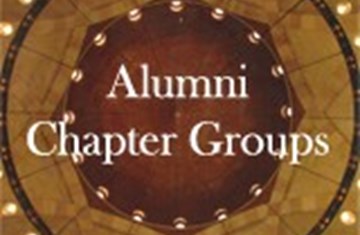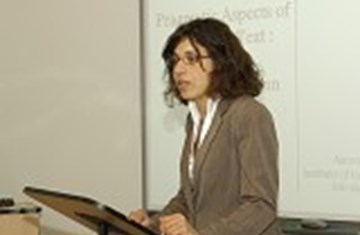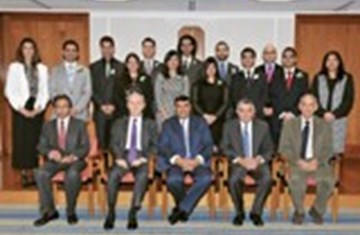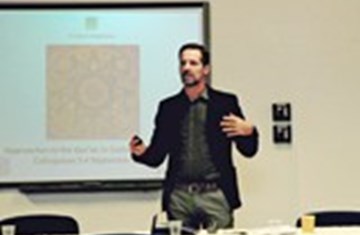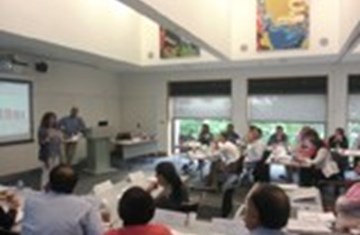IIS Organises Colloquium on Approaches to the Qur’an in Contemporary Iran
The Qur’anic Studies Unit at the IIS organised an international colloquium from 2–4 September 2013 entitled Approaches to the Qur’an in Contemporary Iran. This was the second event following two panels in 2012 at the Ninth Biennial Iranian Studies Conference in Istanbul.
The colloquium brought together twenty-four scholars from around the globe representing seventeen institutions including the Centre d’Analyse et d’Intervention Sociologiques–l’École des Hautes Études en Sciences Sociales (CADIS–EHESS), the Recherche at the Centre National de la Recherche Scientifique (CNRS), both in Paris, Princeton University, New Jersey and the New School for Research, New York, to name a few. In this environment, rich with cutting-edge learning, diverse perspectives and knowledge on the subject were exchanged. The scholars, specialists in early modern and contemporary Iran, were drawn from various disciplines ranging from the social sciences to Qur’anic studies.
The discussions explored in detail how in a country such as Iran, where the majority of the population adheres to the Twelver school of Shi‘i Islam, the relationship between the Qur’an and culture is charged with singularities not yet discussed, analysed and investigated comprehensively by specialists in the global field. The importance of the Qur’an in Iran is one that is assumptive and, as such, no comprehensive work has been carried out on the subject in the last few centuries. It is within this academically arid setting that the Approaches to the Qur’an in Contemporary Iran colloquium intended to act as a contribution to knowledge on the reception of the Qur’an in Iran. The timeline configured for the colloquium was the expanse of the nineteenth century up until the first decade of the twenty-first century- a period in which Iran developed into one of the key arenas of religious, intellectual, political and social debate.
Several areas were highlighted in the papers including how, within Iranian society, the Quran's script has provided a creative impetus in the arts and also how its meaning has been employed by rival factions in political discourse. In the realm of Persian literature and mystical exegesis, it was also seen that both, the many layers of meaning and the rich symbology of the Qur’an, have held sway over the faculties of writers for centuries. The talks also pertained to music, jurisprudence, constitutionalism, alternative readings, reformism and cinema. The conference was a rare contribution to the history of the reception of the Qur’an, as it showcased the breadth and depth of the intellectual and spiritual output of Muslim societies, attesting to the fact that Muslim societies have been – and are – plural and, therefore, are potentially pluralistic, Iran being no exception.
The core objective of the colloquium was to adhere to a fluid perspective, avoiding taking a static view of the reception of the Qur’an in contemporary Iran, by suggesting paths of research, building on existing knowledge and opening up avenues for further research on the subject. In this way, it was hoped that the vibrant relationship of the Qur’an to contemporary Iranian society could be seen as constantly evolving, rather than as a long-dead phenomenon.
Organised into thematic sessions composed of two panels in which two papers each were presented with abundant time left for discussion, the colloquium explored the multiple ways classical interpretations are negotiated and accommodated in the light of the needs of the time, and how openness to a creative approach to the Book is crucial when the intellectuals in today’s Iran venture to challenge established juridical patterns.
The high calibre of the papers and the clearly apparent intellectual rigours of the research presented by the participants resulted in a creative and lively debate, the insights of which it is hoped will serve as a starting point for further research in the field.

